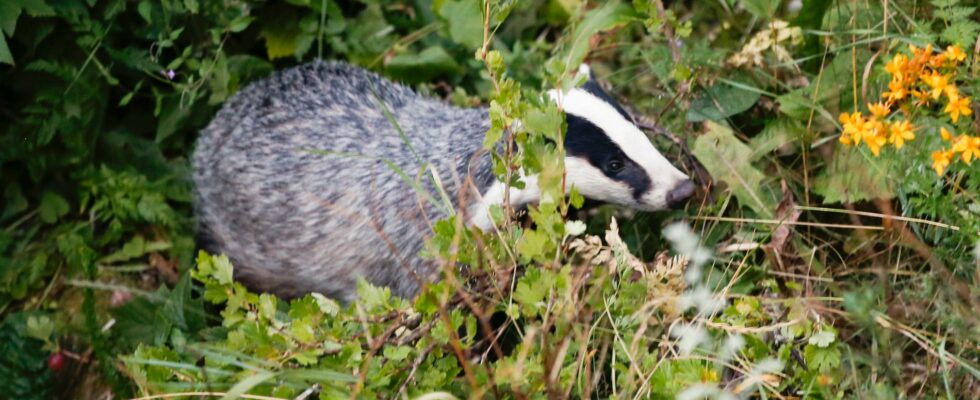Updated 01.24 | Published 01.20
unsaveSave
expand-left
full screen The research program focuses on, among other things, badgers, red foxes, forest martens and ferrets. Archive image. Photo: Terje Pedersen/NTB/TT
The public, but above all hunters, are asked to help investigate when the animals give birth – so that the hunting times can be adapted to new conditions.
“We know that today’s hunting times are partly based on old and incomplete data. This applies both when the young are born and when they become independent,” says Cecilia Di Bernardi, who is a researcher at the Swedish University of Agriculture (SLU), according to a press release.
Spring now comes three to four weeks earlier than 50 years ago, according to SLU. Therefore, you want to find out what happens when the conditions change – are the young born earlier?
In a new research program, which is funded by the Swedish Environmental Protection Agency, SLU will produce up-to-date knowledge about when the cubs are born and when they manage on their own.
According to SLU, hunters have a unique opportunity to contribute data through the hundreds of thousands of game cameras that are deployed. In addition, they handle thousands of fallen animals.
Game cameras can show when cubs are born and how long they follow their parents. Photos of shot animals can reveal whether the females are still nursing the young.
The research focuses on red fox, badger, marten, ferret, hare, hare and beaver.
